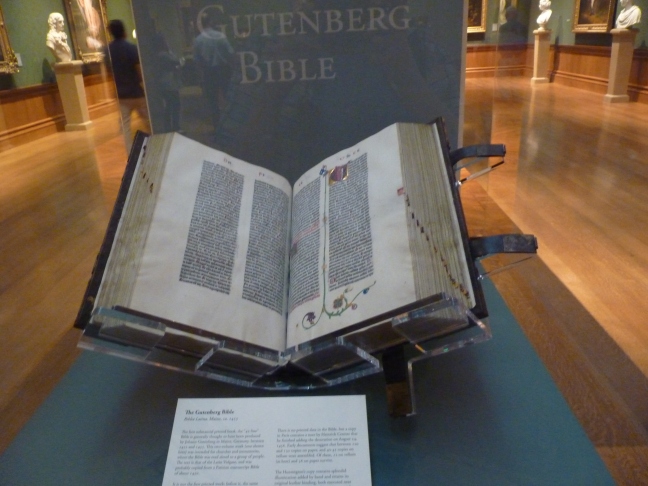I’ve always liked this precursor to the end of the year’s holiday season. What a great way to renew our faith and prepare for the upcoming liturgical season of Christmas, In the Catholic Church, October is the month of the Holy Rosary.
According to the account, the Blessed Mother Mary appeared to Saint Dominic in 1206. Saint Dominic had been trying without success to overturn the Albigensian Heresy. (https://www.ewtn.com/library/HOMELIBR/HERESY5.TXT) In spite of penance and prayer, Saint Dominic wasn’t meeting with success. The Blessed Mother consoled him in his fight against the heresy and gave him the Rosary. She told him that praying the Rosary was a mighty weapon in combating the evils of the world and encouraged him to share this with others.
Many miracles have been attributed to the devote prayers of the Rosary. History are good examples of this.
The first instance of the intercession by way of the Rosary is the defeat of the Albigensians in the Battle of Muret in 1213.
Saint Pius V attributed the power of the Rosary prayers to the defeat of the Turkish fleet on the first Sunday of October, 1571. In reaction to this miracle, the Pope ordered a commemoration of the Rosary to be made on that day.
In 1573, Pope Gregory XIII proclaimed a celebration of a Feast of the Rosary in churches having an altar dedicated to the Rosary.
In 1671, Pope Clement X extended the feast day to include all of Spain.
On August 5, 1716, a second major victory over the Turks occurred when they threatened the ruin of Christian civilization. Prince Eugene defeated them at Peterwardein in Hungary. After that victory, Pope Clement extended the Feast of the Most Holy Rosary to the entire Church.
Given the current state of the world, with worldwide persecution of Christians gaining momentum, it would be a good idea to think about offering a daily Rosary. You have to wonder why the idea isn’t being perpetuated more strongly in Catholic dioceses. There is a lot of history repeating itself these days and we know for a fact that we can’t turn to our political leaders for comfort and help. The Blessed Mother shouldn’t be second in our list when the world is in desperate need of prayer.
“Today, when dangers far greater than those of the ancient Turks threaten not only Christianity but all civilization, we are urged by our Blessed Mother to turn again to the Rosary for help. If men in sufficient numbers do this, and at the same time carry out the other conditions that she has laid down, we have the greater reason for confidence that we will be delivered from our dangers.” — Mary in our Life by Fr. William G. Most








